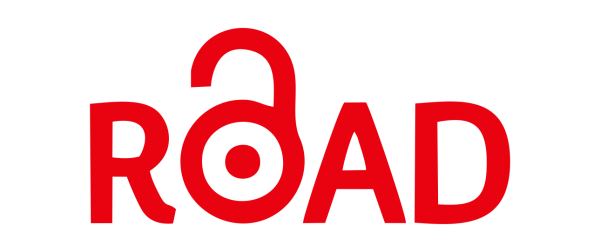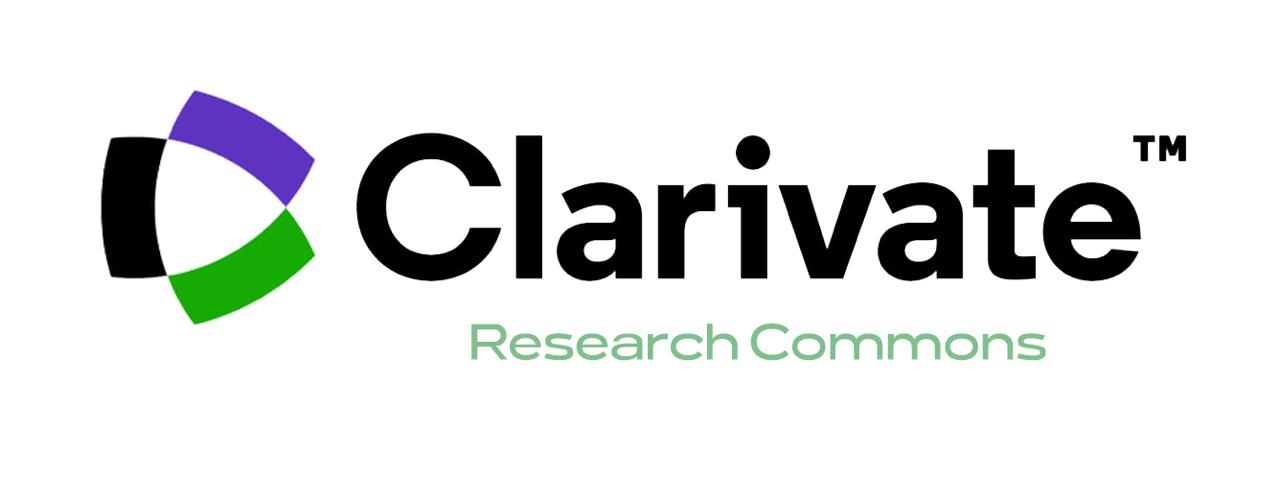Abstract
The extensive use of crystal violet (CV) dyes may cause water pollution. A highly porous and functionalized activated carbon can be used for adsorption of CV dyes. Activated carbon was prepared from oil palm fronds through microwave-assisted pyrolysis and activation with phosphoric acid (H3PO4) for removal of CV dye from wastewater. The physico-chemical characteristics of oil palm fronds activated carbon (OPFAC) was employed by Brunauer-Emmett-Teller (BET) surface area analysis, Fourier transform infrared (FT-IR) analysis, Scanning Electron Methodology-Energy Dispersive X-Ray (SEM-EDX) analysis, thermogravimetric analysis (TGA), and point of zero charges (pHpzc). The adsorption parameters such as pH (4, 7, and 10), dosage (0.02, 0.06, and 0.1 g), and contact time between absorbent and adsorbate (2, 5, and 8 mins) were optimized using the response surface methodology-Box-Behnken design (RSM-BBD). The experimental results showed that the optimum conditions for the removal of CV dye by OPFAC were 0.1g dosage, pH 9, contact time of 5 min with the percentage removal of CV dye is 91.4%. The adsorption capacity of OPFAC for CV dye was well fitted by the pseudo-second-order (PSO) kinetic model. The maximum adsorption capacity (qmax) from Langmuir isotherm was 188.4 mg/g. The isotherm study is well described by Freundlich model with coefficient of correlation (R2 = 0.9488) describe that the CV dye adsorption occurred multilayer adsorption onto heterogenous adsorption site. The thermodynamics study indicated that the adsorption process of OPFAC is through spontaneous and endothermic condition as the values of ΔH° (21.86 KJ/mol) and ΔS° value (87.90 J/mol K) is positive.
Recommended Citation
Shamsudin, Nur Atirah; Omar, Qistina; Ismail, Ismaniza; Hassan, Noor Artika; Rahim, Syarifah Abd; Dzulkafli, Nur Fazreen; Wu, Ruihong; and Yong, Soon Kong
(2024),
Oil Palm Fronds Activated Carbon via Microwave-assisted H3PO4 Activation: Box-Behnken Optimization for Crystal Violet Dye Removal,
AUIQ Complementary Biological System: Vol. 1:
Iss.
1, 77-88.
DOI: https://doi.org/10.70176/3007-973X.1008
Available at:
https://acbs.alayen.edu.iq/journal/vol1/iss1/9
Digital Object Identifier (DOI)
10.70176/3007-973X.1008




















Follow us: